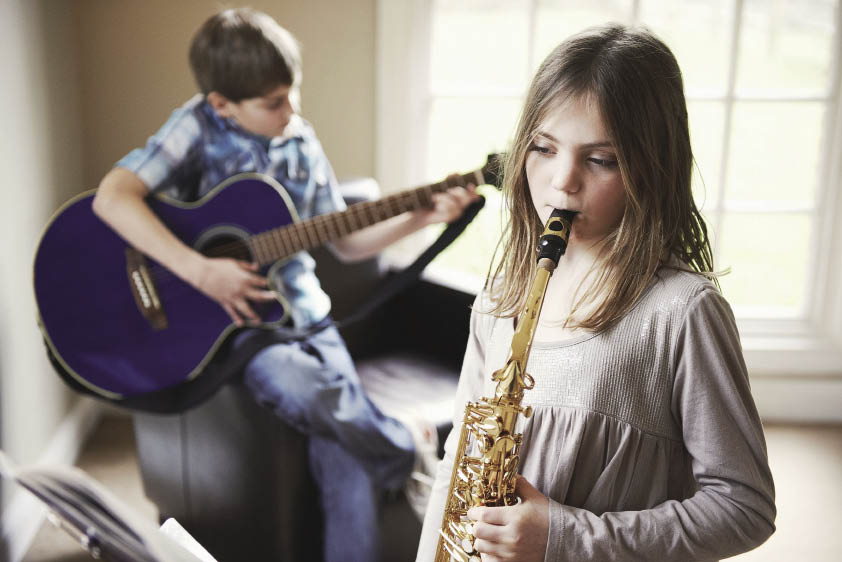
The definition of the performing arts lies right in its name: the art of performance. But there is a much larger breadth of understanding to the simplicity. Performing arts includes a range of disciplines that involves the presentation of a creative work in front of an audience and examples of activities include musical concerts, dramatic shows, and dance recitals. The great breadth of these disciplines is classified as 16 artistic categories, listed below, which are then divided into a further 44 sub-categories: Acting, Ballet, Choreography, Dance, Drama, Improv, Mime, Modern dance, Music, Musical Theatre, Opera, Pantomime, Puppetry, Professional Wrestling (weird right?), Stand-Up Comedy, Theatre.
It’s funny how such a broad concept can be divided into such niche forms, and how each separate art form comes with its own history, rules, methodologies, and figureheads. You can reverse the question to ask, “what can’t be a performing art?” and in some way, “how are performing arts not already part of our daily lives?”
“You can’t use up creativity. The more you use the more you have.”
-Maya Angelou, American poet of the 21st Century
The 6th century BC, also referred as the Classical Antiquity period of Greece, was a time when theatre began to emerge. The works of many great artists of this time would influence how we would produce our dramatic plays. “Oedipus Rex”, written by the poet Sophocles, would be the beginning of theatre’s attachment to using the narrative themes of ironic tragedies.
The Renaissance was a period that saw the rebirth of the classical world and welcomed in the lost teachings of literature and art, victims of the cultural ruin that was the Dark Ages. Starting in Italy during the 15th century, this time saw a revival of the performing arts. As ideas of old were revitalised, new art forms were conjured in the cultural zeitgeist. One that stands greatly above the others is Baletti, better known now as Ballet. By the mid-16th century, the performing arts had expanded into different realms such as comedy and improvisation, which became popular. Others include Elizabethan masques, masquerades, music, and dance. Following suit of the trailblazers, but not to be outdone was William Shakespeare. His plays and theatre would come to prominence at the end of the century. He had ushered in a new era of performing arts.
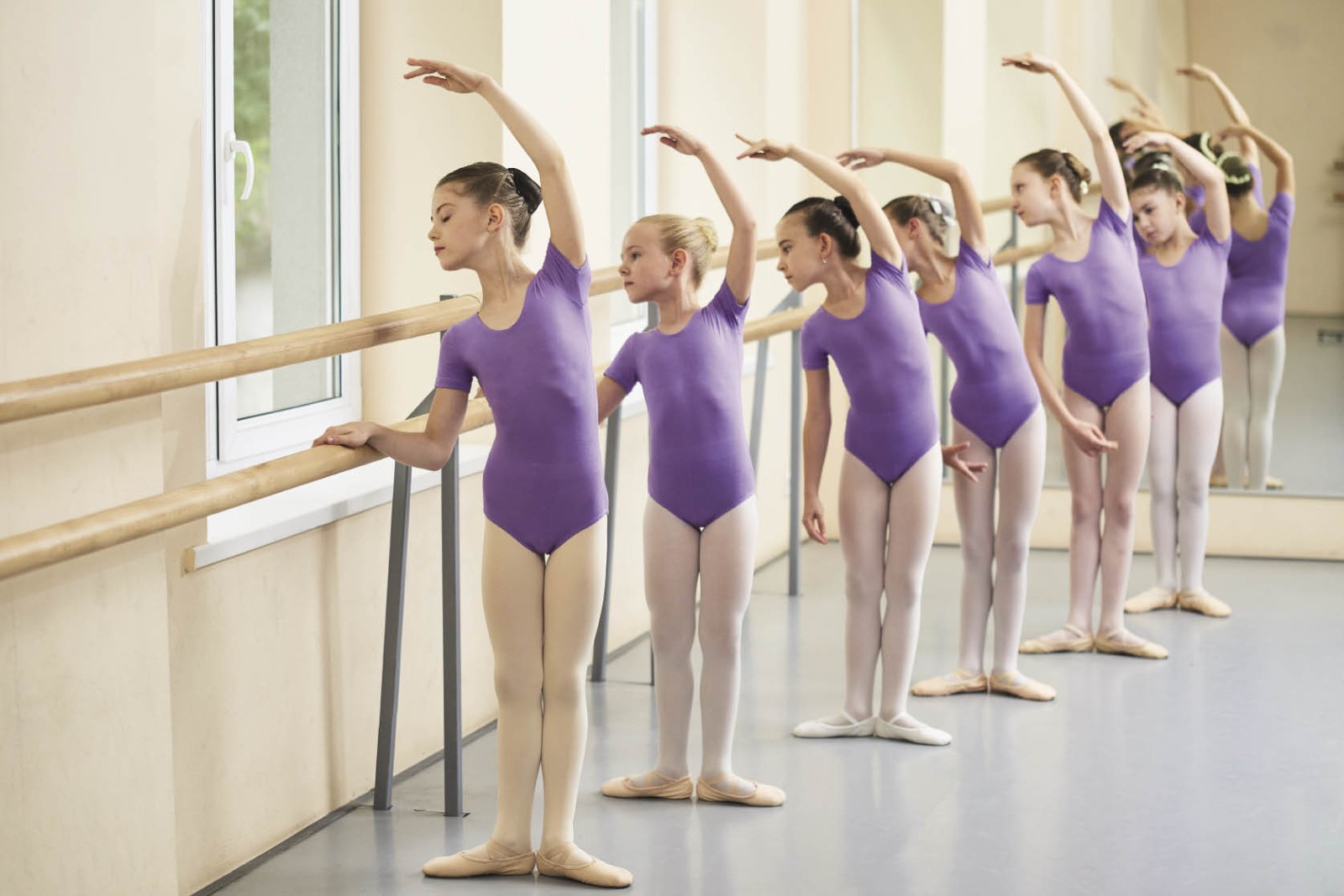
Throughout the 17th century, opera began growing in popularity among the aristocracy in Europe that continues to this day. Mozart and his magnum opus Don Giovanni are claimed to be landmarks of the art form by the late-18th century. In the 19th century, a period when the performing arts had become accessable to all social classes, the Romantic Movement had begun. The likes of Beethoven brought forth the grand symphonies and the popular demand for art brought along the introduction of gaslight theatres, burlesques, and minstrels. Ballet, which was once dominated by only men, saw the emergence of female performers.
German composer Richard Wagner, reinvented opera and paved the way to musical modernism through his concept of the Gesamtkunstwerk (“total work of art”), by which he sought to synthesise the poetic, visual, musical, and dramatic arts, with music secondary to drama.
A way to look at the evolution of the performing arts is as a scale of measurement that measures significant steps in mankind’s ongoing process of living life with greater meaning. It can be proposed that the performing arts may just be a fundamental aspect of the human condition.
“I regard the theatre as the greatest of all art forms, the most immediate way in which a human being can share with another the sense of what it is to be a human being.” -Oscar Wilde, Poet
Now let’s move away from the big picture and focus on something smaller, specifically, our children and how performance art can play a positive role on their overall development.
Creativity lies at the core of the performing arts. It can help artists build strength in their self-confidence and develop a clearer understanding of identity. It also helps improve personal wellbeing, health, and overall happiness. The performing arts function as a tool for helping young children develop their character during the tumultuous time of adolescence, but it’s also an outlet for releasing the pressures of studying. The creative experience that goes into developing the result develops skills in critical thinking, teaching children to interpret the world around them, form new ideas and opening new possibilities to think beyond what they already know. This essentially aids in optimal development. Creative expression in performing arts is non-prescriptive as it offers a world of possibilities and a heightened sense of world-perspective, allowing your child to dream whatever they want, to see life in vividly rich colours, and to think big.
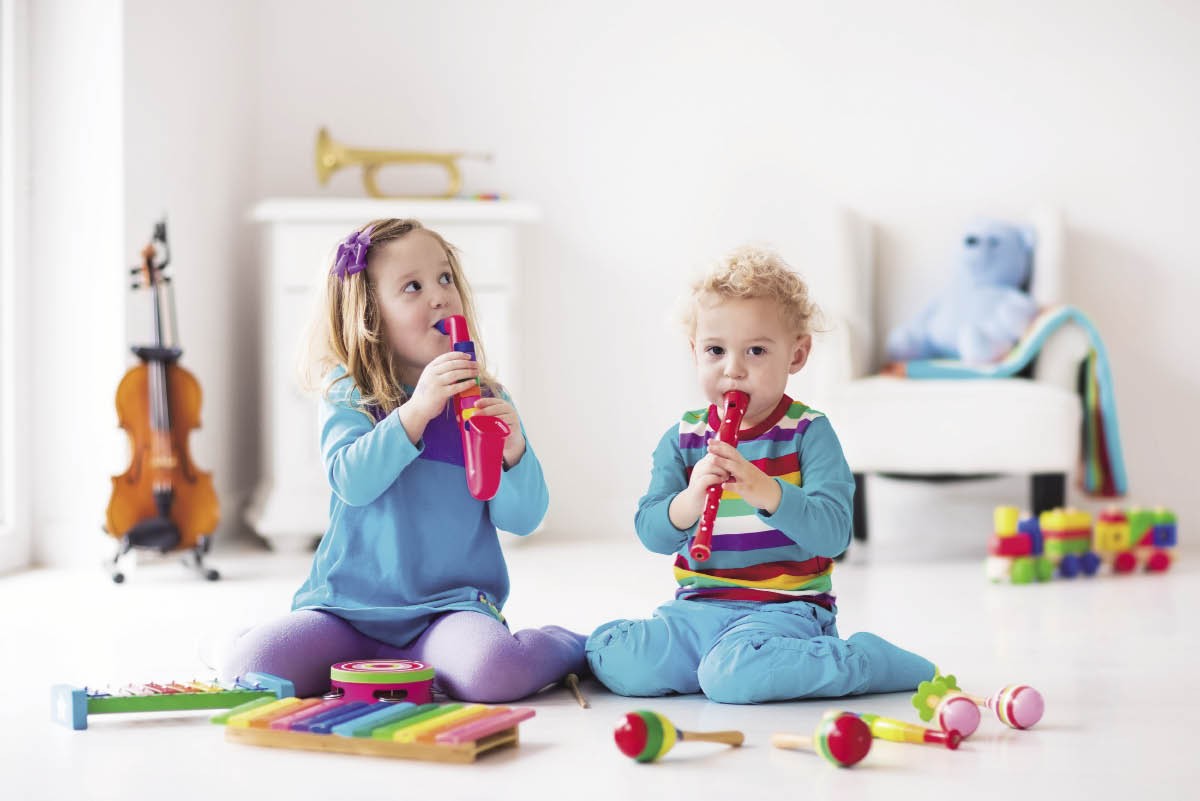
Researchers have found much evidence to suggest that participation in performing arts correlates to higher academic achievement and overall development. Nothing is more stimulating, exciting, riveting, and consoling than when a child is performing. It teaches them to look around and ask what it means to be human.
Educational theorists believe that the performing arts have a strong impact on the development of neurological and psychological development in children’s health, based on observations of students who enjoy performing arts as part of their early curriculum. When children are exposed to art, whether it be music, visual arts, dance, creative movement or theatre, their neurons will be stimulated to develop new connections amongst each other. New pathways allow children to further recognize the environment around them with their five senses and through mirroring, it further develops a child’s imagination and creative process. Performing arts is both an integral part of and the perfect companion to early childhood learning, encouraging experimentation and discovery. Speech and drama, art and dance, and creative expression, all allow young children to increase the development of socio-emotional and cognitive capabilities.
Compared to the basic core subjects of maths, language, and science, the performing arts doesn’t rely on traditional methods of teaching. It encourages self-expression within children, to better view the world around them through a kaleidoscope of brilliant colours. Language exists in its entirety regardless of whether students learn it or not, as everyone communicates in one way or another. The performing arts is all about the sharing of one’s individuality. Maths and science are objective subjects, they exist without you, unlike the performing arts, which continually evolves throughout one’s lifetime, constantly changing, adapting, and moving.
“Imagination is more important than knowledge. Knowledge is limited. Imagination encircles the world.”-Albert Einstein, Theoretical Physicist
It’s never too late or too early to get your child involved in the performing arts. Learning one of the various art forms gives your child the opportunity to develop the neural connections between left and right side of the cerebral cortex. This will increase their capacity for memory, attention, and concentration, helping improve their skills with reading, mathematics, and science.
This process is more prevalent in children under three years of age, as their maturing brains are sensitive to external stimuli. In essence, their brains are like sponges, ready and open to absorb information without resistance.

When your child is involved in performing arts, they are introduced to new vocabulary and concepts which encourages the use of both their imagination and creativity, therefore enriching intellect.
It also has an extraordinary ability to develop social skills by allowing children to express themselves in a group setting. They will have the chance to interact and work with peers and adults. This process makes children more tolerant of others and less egocentric. Their self-awareness, self-esteem, and personality steadily grows throughout this process of learning.
“If you get a chance to act in a room that somebody else paid rent for, then you’re given a free chance to practice your craft.” -Philip Seymour Hoffman, Actor
Performing in front of an audience provides children with skills that endure far beyond the standing ovation. Drama is the portrayal of events through the performance of written dialogue for the sole purpose of being performed in front of an audience.
Social and Emotional Development: Taking on character roles for the theatre can help children with mediating, expressing and coping with their emotions. Creative play engages social development, aided by interaction with other children and caregivers. In performing arts, children will have the freedom to express themselves in group activities, an environment that encourages constructive criticism, the chance understand the value of their own self-worth, self-esteem, and self-awareness.
Language and Numeracy Skills: Drama and theatre offer the opportunity to improve a child’s language skills by script reading and line memorization. Music accelerates brain development as it is considered both a creative practice as well as a methodical one, exercising the two sides of a child’s brain. Language acquisition improves mathematical learning and memory proficiency, leading to better academic achievements.
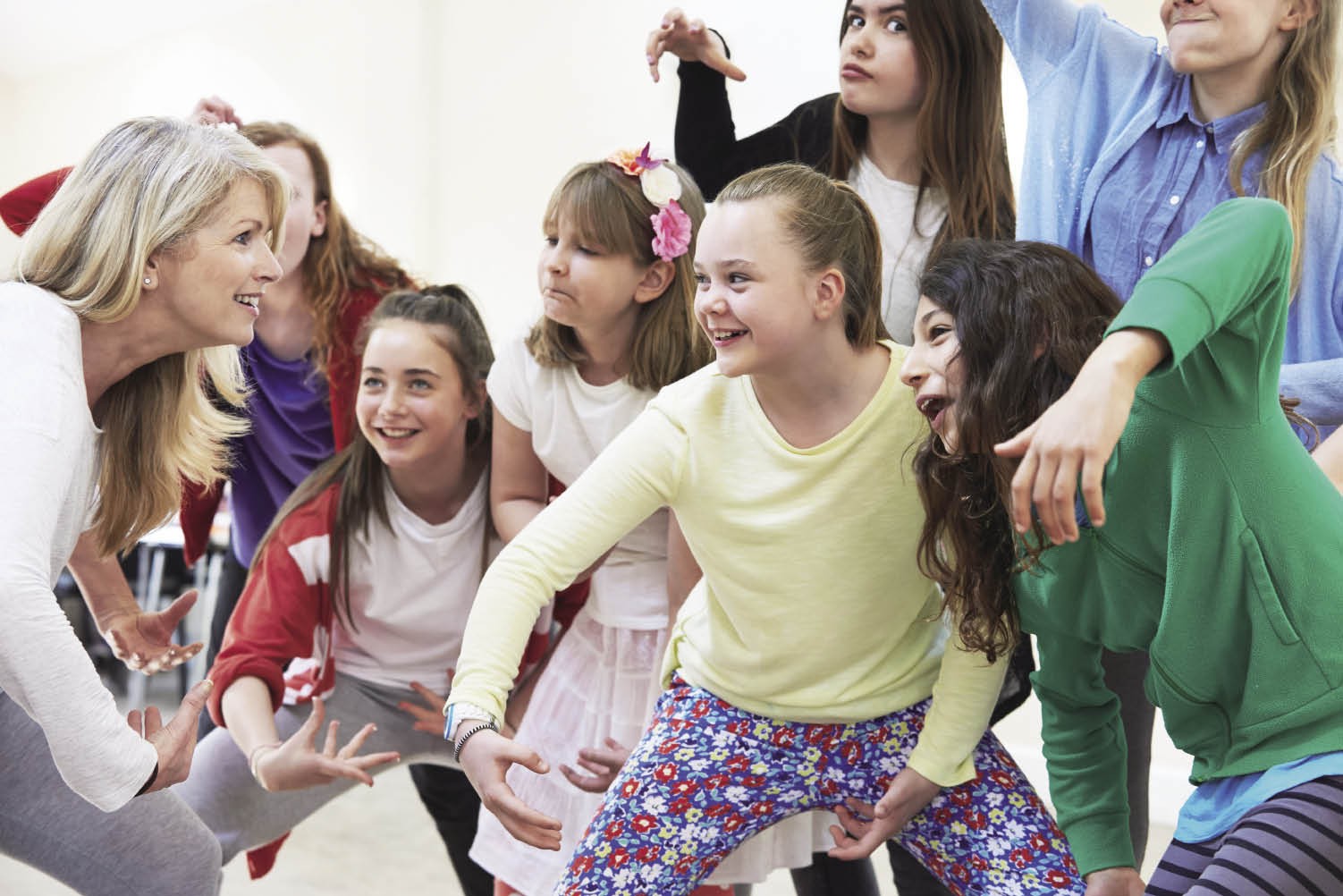
Physical Development: Creative movement and imaginative play foster children’s physical development in both their sensory and motor skills. Various activities under the umbrella of performing arts offer children opportunities to exercise physical movement, such as playing a musical instrument, painting, dancing, and acting which improves motor dexterity.
Problem-Solving Skills: Speech and drama encourage critical thinking, problem-solving, and evaluation. When your child re-enacts their favourite stories or does a comedic impression of a person, they are using insight into how best to portray the characters they’re playing.
Early Literacy Skills: Speech and drama make connections between the stories on the page and the words used to communicate. These connections are important as your child not only learns to read and understand the power of communication but will also develop contextual understanding of narratives.
Reduces Stress: Studies show that young children that partake in speech and drama courses show less stress at school when compared to children that aren’t involved. This is because they are encouraged to express their feelings and emotions through the performance art activities.
Below is a favourite quote of acting students around the world from Constantin Stanislavski, co-founder of the Moscow Art Theatre, “Remember: there are no small parts, only small actors.” This is a reminder that acting is bigger than one person and how acting influences the lives of many around us.
“Every child is an artist. The problem is how to remain an artist once we grow up.”
-Pablo Picasso, Artist
Art plays a critical role in child development. It is considered one of the building blocks of a child’s learning. It engages senses by open-ended means, supporting cognitive, multi-sensory, and social-emotional development.
Refined Motor Skills: According to MedlinePlus, children should be encouraged to draw circles, squares, and stick figures in early childhood to develop their fine motor skills, which will aid in their ability to turn pages in a book, hold a pencil for writing, and to use scissors for cutting. Art is the creative output that provides development for all these skills.
Promotes Language Development: Communicating about art provides an opportunity for children to use comprehensive vocabulary. Young children can learn new words for colours, shapes, description, tools, as well as take the action to discuss their own creations and feelings behind their delightful masterpieces.
Strengthens Decision Making Skills: The sheer experience of creating something requires critical thought and problem-solving skills. Children are encouraged to explore, experiment, and try new ideas in art. By allowing children to create and choose the process of their creation, they are learning invaluable skills that they will carry into their life as they grow.
Encourages Individuality and Uniqueness: Children are given many opportunities to express their character by taking creative risks in art. This allows them to be innovative, courageous, and provides the motivation to find new ways to be a better version of themselves.

Sharpens Visual Learning: Drawing, sculpting statues with modelling clay and threading beads on a string all develop visual-spatial skills, which are increasingly important in today’s technology-driven society. Art teaches young learners how to interpret, evaluate, and use visual information. Even toddlers know how to operate a smartphone or tablet, which means that even before they can read, children are taking in information visually. This information consists of cues that are received from pictures or three-dimensional objects from digital media, books, and television.
Develops Cultural Awareness and Discernment: Teaching children about works of art by varying artist helps children understand that what they see may be different to someone else’s interpretation of reality.
Enhances Academic Performance: Some studies suggests that there is a correlation between art and success in academic studies. It is believed that children who regularly participate in the arts are four times more likely to be recognized for academic achievement in mathematics and science. They’re also likely to win accolades in writing compared to those who do not participate.
“The problem is not making up the steps, but deciding which ones to keep.” -Mikhail Baryshnikov, Russian classical dancer of the 1970-80s
Dance promotes healthy physical development. The National Dance Education Organization (NDEO) states, “Dance involves a greater range of motion, coordination, strength and endurance than most other physical activities.”
From balancing on the toes to raising arms, dance requires full motion of the body, activating all muscle groups. In essence it’s just a very creative workout. Dance provides opportunities to develop flexibility, fitness, balance, spacial awareness, muscle strength, endurance, aerobic fitness, coordination, kinaesthetic memory (muscle memory).
Children involved in dance activate their gross motor skills, involving their core stabilising muscles. Children develop flexibility, balance, coordination, range of motion, stamina, muscle tone, strength, and posture, all while having fun exercising.
Enhances Cognitive Development: Dancing improves young children’s mental dexterity by developing sensory awareness that they learn through the art of choreography. They can even improve means of communication by learning how to project information with the use of their body movement, interpreting non-verbal cues from others.
Increase Emotional Intelligence: Dance offers the opportunity for children to develop their empathetic understanding of themselves and others, as motion through movement aids in expressing their feelings as well as helping to understand the body language of others. Performing in front of a live audience helps build self-confidence, which is a vital attribute in cognitive development. Teamwork is a key skill for dance troupes and recitals, as children will learn to listen, to be patient, and to understand their peers.
Dance encourages children to conquer challenges, to master complicated movements, and to understand the satisfaction of accomplishing goals. Through this they learn to be self-motivated, to persevere, to problem solve through experimentation, to not give up even when they fail, to accept critical feedback, and to move forward from it.
“Music is like a dream. One that I cannot hear.”
-Ludwig van Beethoven
Children of all ages respond to music. They sway, bounce, move their bodies in response to the sounds they hear. Children have an innate ability to feel music, just look at how lullabies can calm down a grumpy baby; it’s a miracle how music can bring us joy. Children recognise the melody of a song long before they understand what music is.
Develops Coordination: Playing an instrument requires children to use both sides of their brain. From reading music to coordinating movement, to how staying on tempo requires a simple mathematical count. It’s quite an achievement for brain development. National Association of Music states that learning to play an instrument improves language, reading, and math skills leading to higher SAT scores for children.
Improves Self-Esteem: Learning an instrument has a far-reaching positive impact on a child’s self-esteem. They learn that the investment of the time to practice can result in notable improvements of skill. They understand how dedication provides its own rewards. Confidence arises alongside self-esteem which has a far-reaching positive impact on all facets of their lives. No matter what, children always want to grow up to be rock stars.
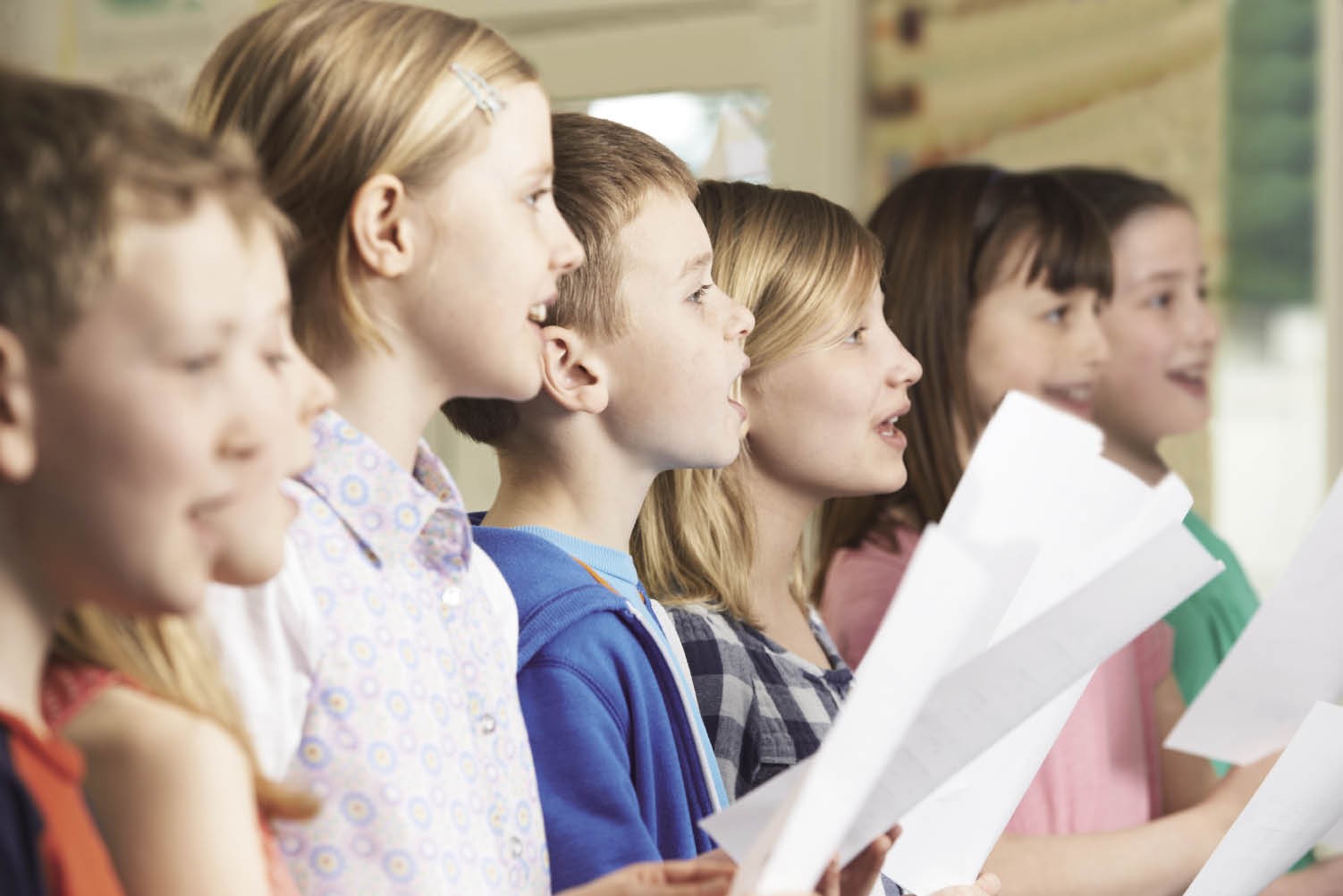
Encourages Self-Expression: Learning how to play music is a safe way for children to express themselves. They can communicate their feelings and emotion through the medium, benefiting their overall wellbeing and health. It is an exceptional outlet for children to explore creativity and individuality.
Develops Friendships: Music provides children with many opportunities to organise collaborative musical groups, such as joining a school band, garage band, choir, and more.
Every parent wants the best for their child and to provide them with outstanding opportunities for growth. Encouraging your child to pursue a love for the performing arts can help their development in so many ways. It allows children to make powerful connections, and to learn skills that extend well beyond their adult lives. Engaging deeply in music, dance, or drama inspires children to explore and cultivate their true talent whilst engaging their minds, body, and emotion into a collaborative and communal expression. Allowing children to express their individuality gives them licence to develop a sense of innovation and creativity whilst enhancing the multiple facets of their confidence and greater learning. Giving children the opportunity to get involved with performing arts in their formative years will give them unrivalled opportunities to exercise their brain, spirit, body, and mind. Allowing children to be a participant of the performing arts help enhance their neurological, social, and academic development.
As the curtains draw and the lights dim, I take a final bow to leave you with the words from the one and only Shakespeare, “All the world’s a stage, and all the men and women merely players; They have their exits and their entrances; And one man in his time plays many parts, His acts being seven ages.”